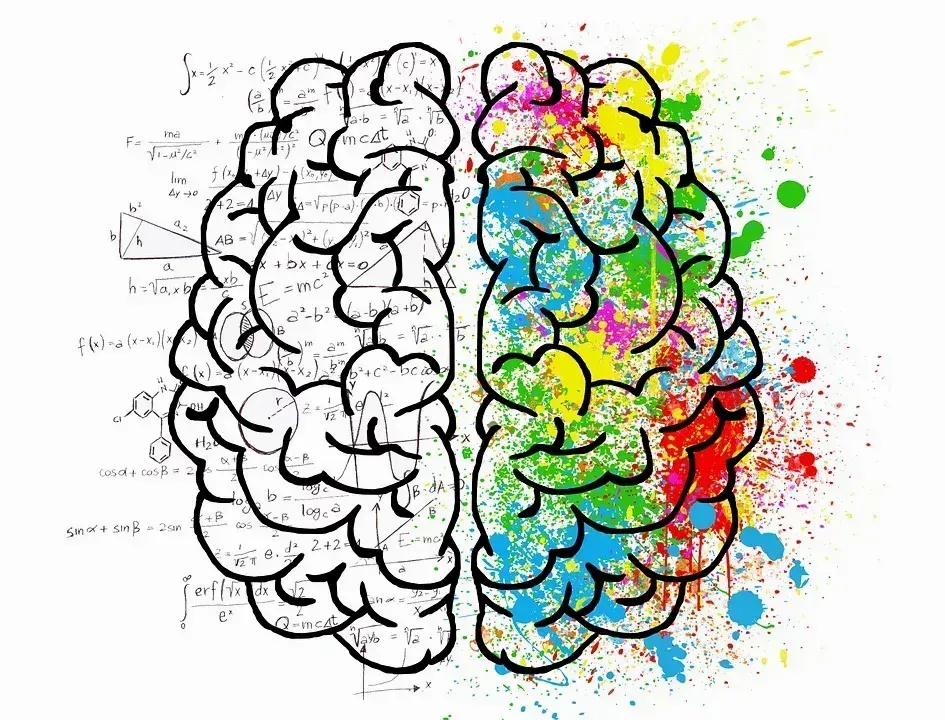We reached the end of our introductory journey in deep learning.
Now you understand what this is all about. Maybe you really like it and are ready to deepen your knowledge in the topic(deepen, deep learning, get it? Uhgg).
This will be a shorter article, I'll just offer some pointers you can follow as next steps. Good, let's get started!
- Grab an introductory book in neural networks: I tried to do my best at explaining every topic as clearly as I could, but a book has much more space to further elaborate on the details. I recommend Grokking Deep Learning, by Andrew Trask, in which this series is largely based upon. There are lots of other great alternatives, so go take a look.
- Grab a 'mathy' DL book: The obvious next step is to go for something a bit more academic. If you are interested in understanding the internals of neural networks or want to create new knowledge in this field, you will need the tools in those books. I recommend the book by Goodfellow, Bengio & Courville.
- Learn more Keras: Keras is a popular library, and now that Tensorflow has adopted it as its official high-level API you have even more reasons to learn it. We used it in the last two articles, but that was just a small demonstration compared to what you can achieve using it.
- Here is the official Keras documentation.
- Here are the official Keras tutorials.
- Here's DL in Python, a really good book on Keras.
- Learn PyTorch: PyTorch is a great alternative to Keras, and it's very popular among DL practitioners. Take a look at the documentation and build a couple of small networks, learning about other frameworks is always beneficial.
- Learn about convolutional neural networks: Convolutional neural networks are very good at processing images and video data. They have lots of really interesting applications and are widely used in various segments of the industry. If you want to solve problems that involve video or photos this is the next step.
- Learn about recurrent neural networks: Recurrent neural networks are great for working with sequential data. Things like text, DNA sequences, audio data or historic records are good matches to RNNs. If you need to work with this type of data RNNs are the way to go!
- This is a gentle introduction to RNNs.
- This is a very useful cheat sheet.
- This is the Keras documentation on recurrent layers.
Thank you very much for reading!
What to do next
- Share this article with friends and colleagues. Thank you for helping me reach people who might find this information useful.
- This article's links to books contain the blog's code. If you decide to purchase one of those books using the link I'll get a small commission that will help me keep this blog going. Thank you.
- Send me an email with questions, comments or suggestions (it's in the About Me page)


